Continuing on with our Central American adventure we venture into Nicaragua with Dale of The Maritime Explorer .
In my last post I gave an overview of my experience in Nicaragua travelling with Adventures Abroad ace guide Victor Romagnoli on his custom designed tour of Central America. Despite being a police state and the second poorest country in the Western Hemisphere, my overall impression of Nicaragua and its people was very favourable. We split our stay between the Spanish colonial cities of Granada and Leon with a stop in Managua in between. In this post I’ll describe what I did and didn’t like about Granada and then we’ll go on a boat ride through Los Isletas which was a highlight of the stay in Granada.
History of Granada
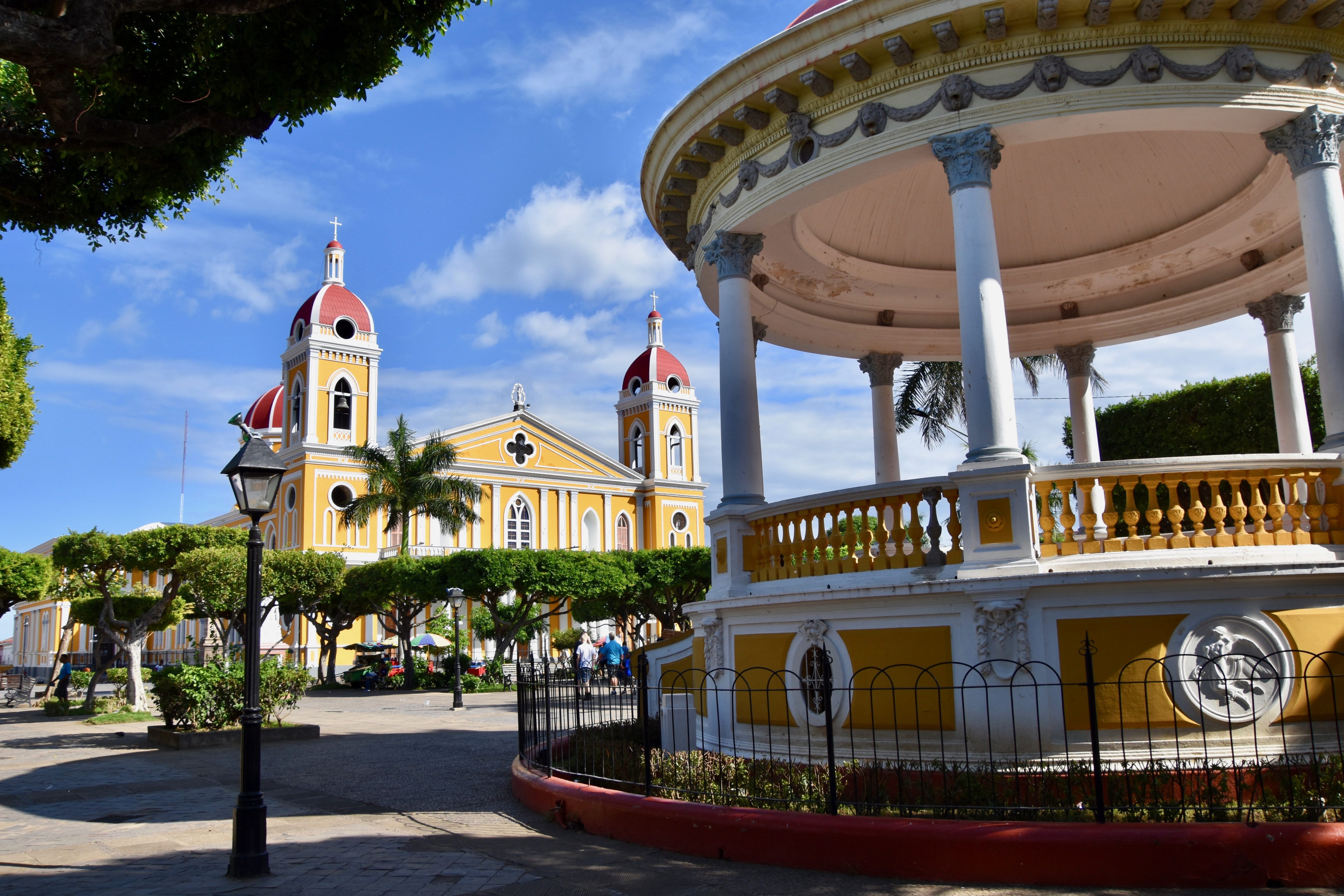
Chances are you’ve seen the view above if you’ve ever had more than a passing interest in Nicaragua and its colonial history. The cathedral of Granada is one of the most recognizable buildings in all of Central America and in fact graces the cover of the National Geographic map of Nicaragua, Honduras and El Salvador. For me, it’s hard to fathom just how fast the Spanish penetrated into all parts of Latin America, except Brazil, within decades of Columbus landing in the Bahamas. In 1524 Hernández de Córdoba came up the San Juan River from the Caribbean entered Lake Nicaragua and crossed it to land at the present day site of Granada. He is considered the ‘father of Nicaragua’, also founding the rival city of Leon, but I doubt many of the descendants of those already living in the area would agree. Unfortunately there aren’t many around to ask.
For his troubles Córdoba was considered a traitor by the Governor of Panama Pedro Arias Dávila and was beheaded on his orders in 1526. However, he got the last laugh because the official currency of Nicaragua is the Cordoba and not the Dávila.
Córdoba came up with the name of Granada as in 1492, the same year as Columbus’ first expedition, Granada became the last Moorish city to fall to the reconquest of Spain by the Catholic forces of Ferdinand and Isabella. The first cathedral was started in 1525 but what you see today dates from much later as fires, pirates and earthquakes have all reduced the city to rubble on numerous occasions.
To be honest, I found something not quite right about this city. I was expecting perhaps vestiges of a much older colonial city than what you see today. It is a tourist city with no tourists which gives it a hollowed out feeling – pretty to look at, but with not much substance under the veneer. Also, it certainly doesn’t help that of all the places we visited in Central America on this tour, Granada was the only one where the men were openly pissing in the streets which gave it a distinctly rank odor in places.
Ok, enough with the negativity because there was lots to like about Granada including our hotel Casa Consulado which was like a private oasis in the middle of the old city. If you like paradors or posadas you will certainly like this place that also had a very nice area to relax around the pool.
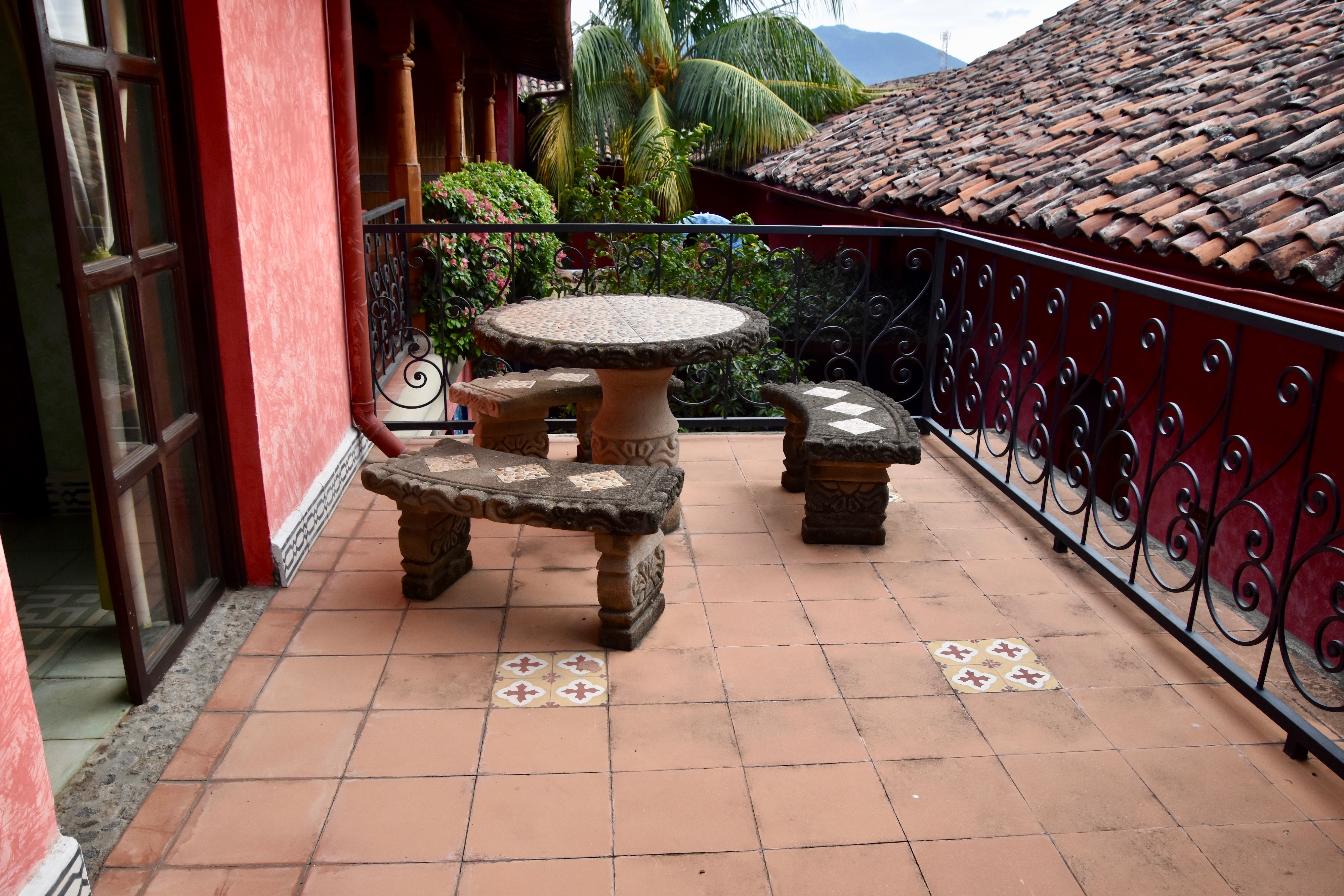
The meals we had in Granada were also generally excellent especially the dinner and lunch Alison and I had at El Zaguán a place that specializes in meat dishes. The thin crust pizza at Pita Pita from their wood fired oven was as good as any I’ve had in Canada. Although Nicaragua is not a wine drinking country we were able to buy some decent Chilean wines at a fair price.
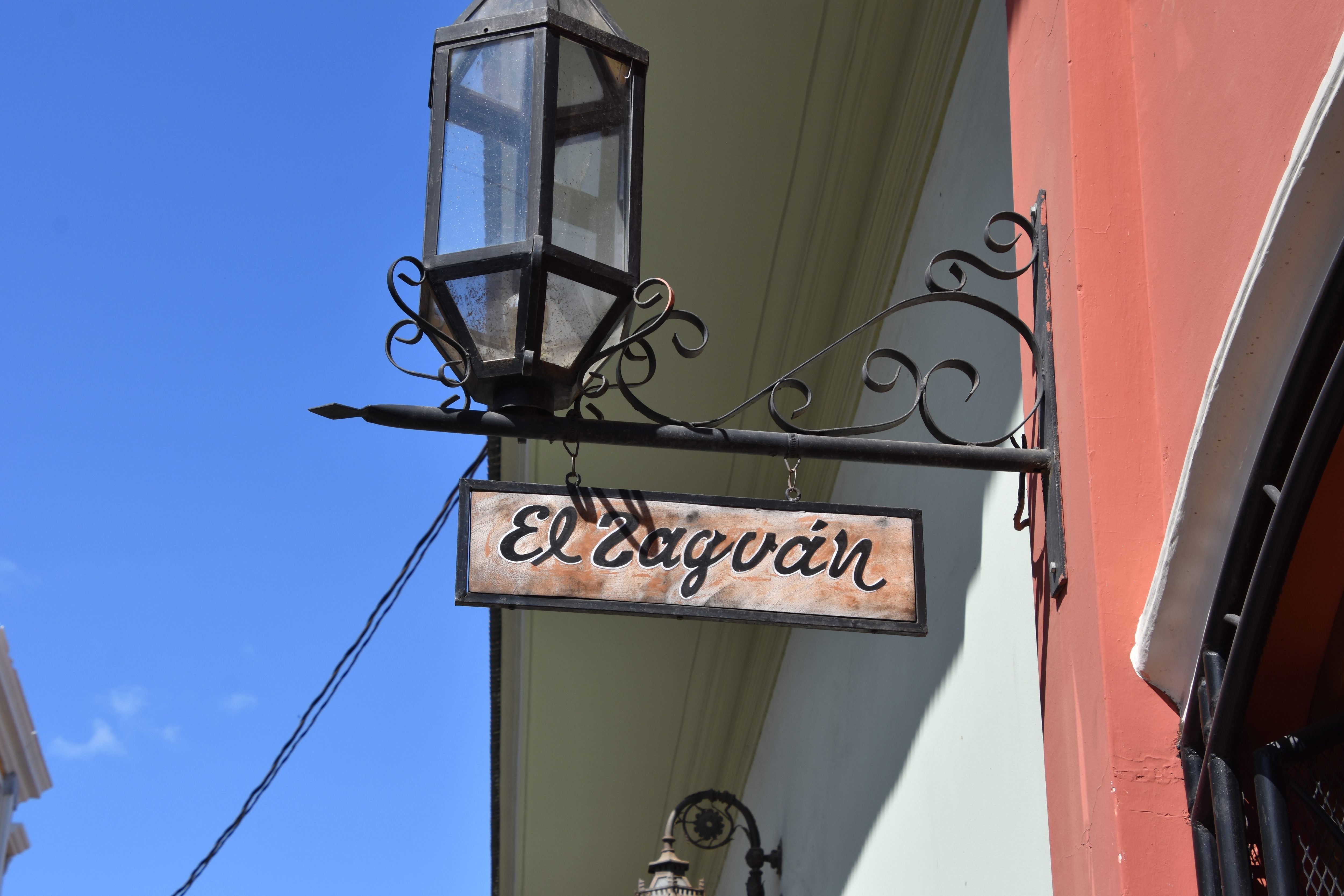
Oh, and I musn’t forget the national beer, Toña which is very refreshing and served ice cold. If you think that you will not eat and drink well in Nicaragua, think again. For me it was a very pleasant and welcome surprise.
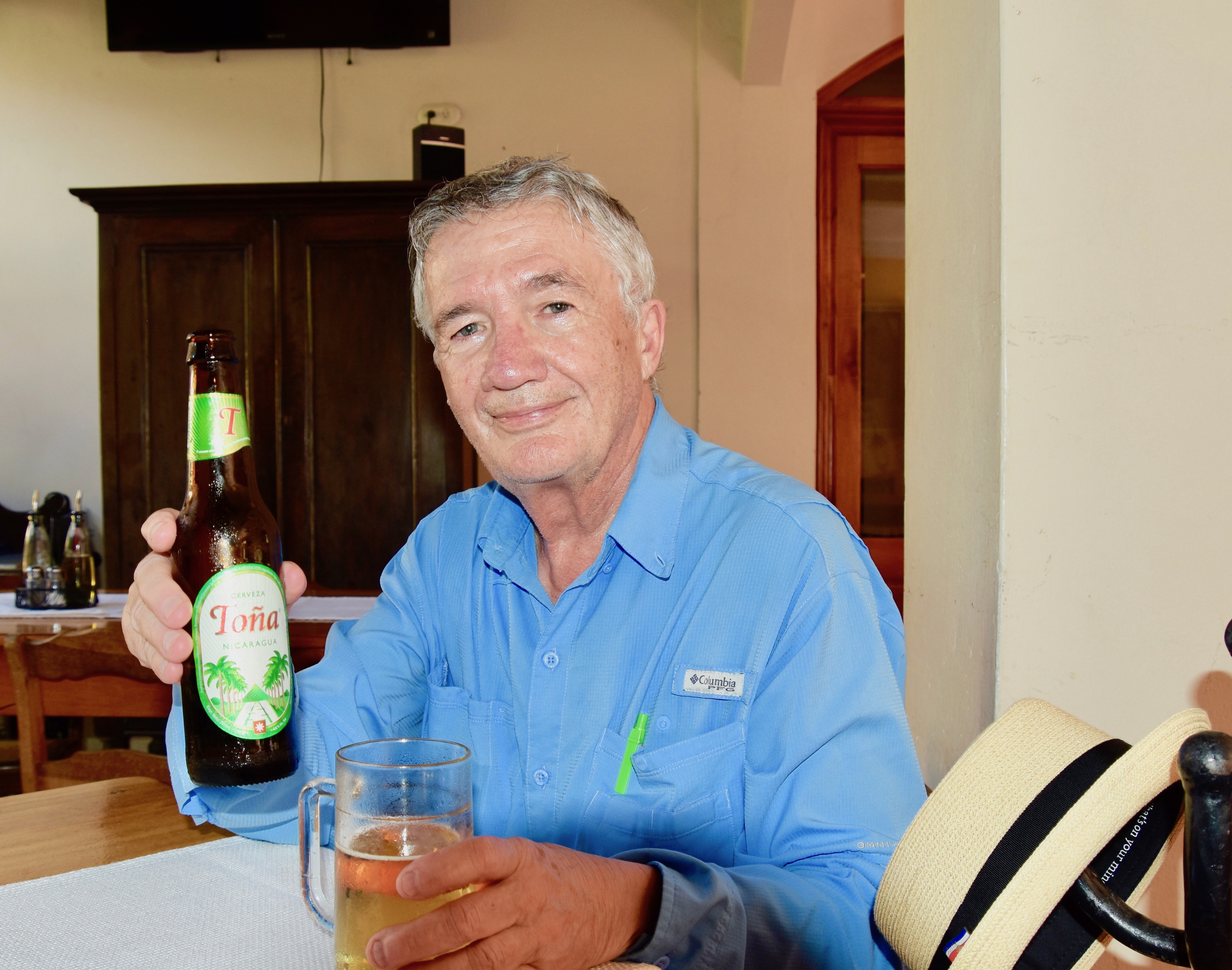
Los Isletas
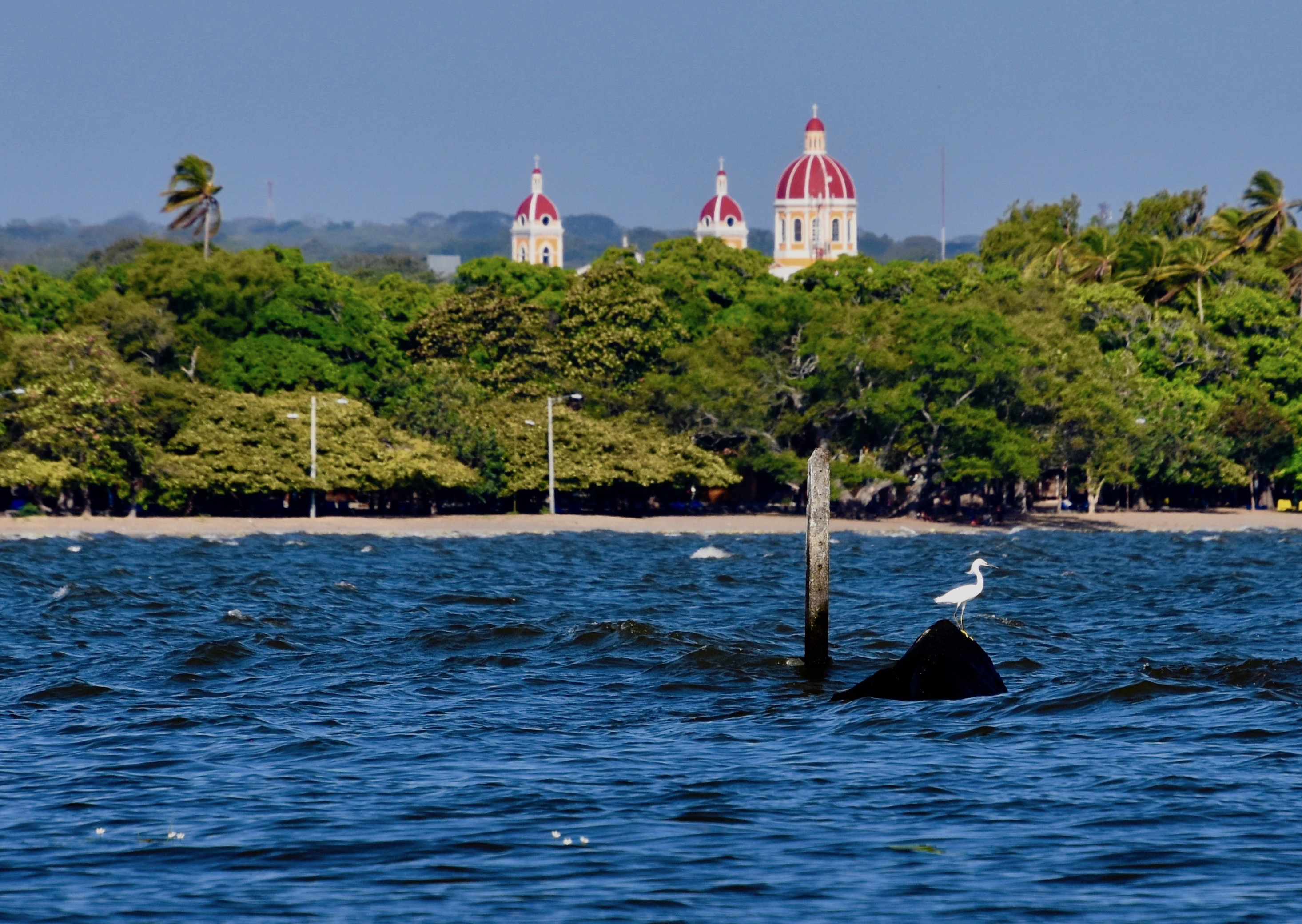
While Granada might be pretty to look at, it was water excursions to Los Isletas and Ometepe Island that were the most interesting parts of our stay in this part of the country.
Technically Granada is a lake front city, but most of the action is centred around the main plaza which is well away from Lake Nicaragua. However there is a series of tiny islands, islets really, thus Los Isletas, that are definitely worth visiting. This is an aerial view. What is amazing about these islets is that most of them are inhabited, some by indigent families and others by foreign millionaires. The contrast between the two lifestyles is striking to say the least.
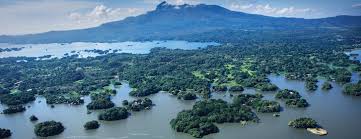
Following the main thoroughfare from the plaza down to the lake there is a large park at the end of which are found the small boats that take tourists for a tour of Los Isletas. In contrast to Xochimilco in Mexico City where there are literally hundreds of boats waiting to take people around the floating gardens which we did with Victor in 2018, there are only a few here and no one but our group looking to hire one. I felt sorry for the boatmen trying to make a living, but wasn’t sorry that we had Los Isletas to ourselves, except of course for the locals who live in and around the place.
This is our group just leaving the dock. As you can see, life jackets are mandatory and the canopy keeps some of the heat of the day at bay.
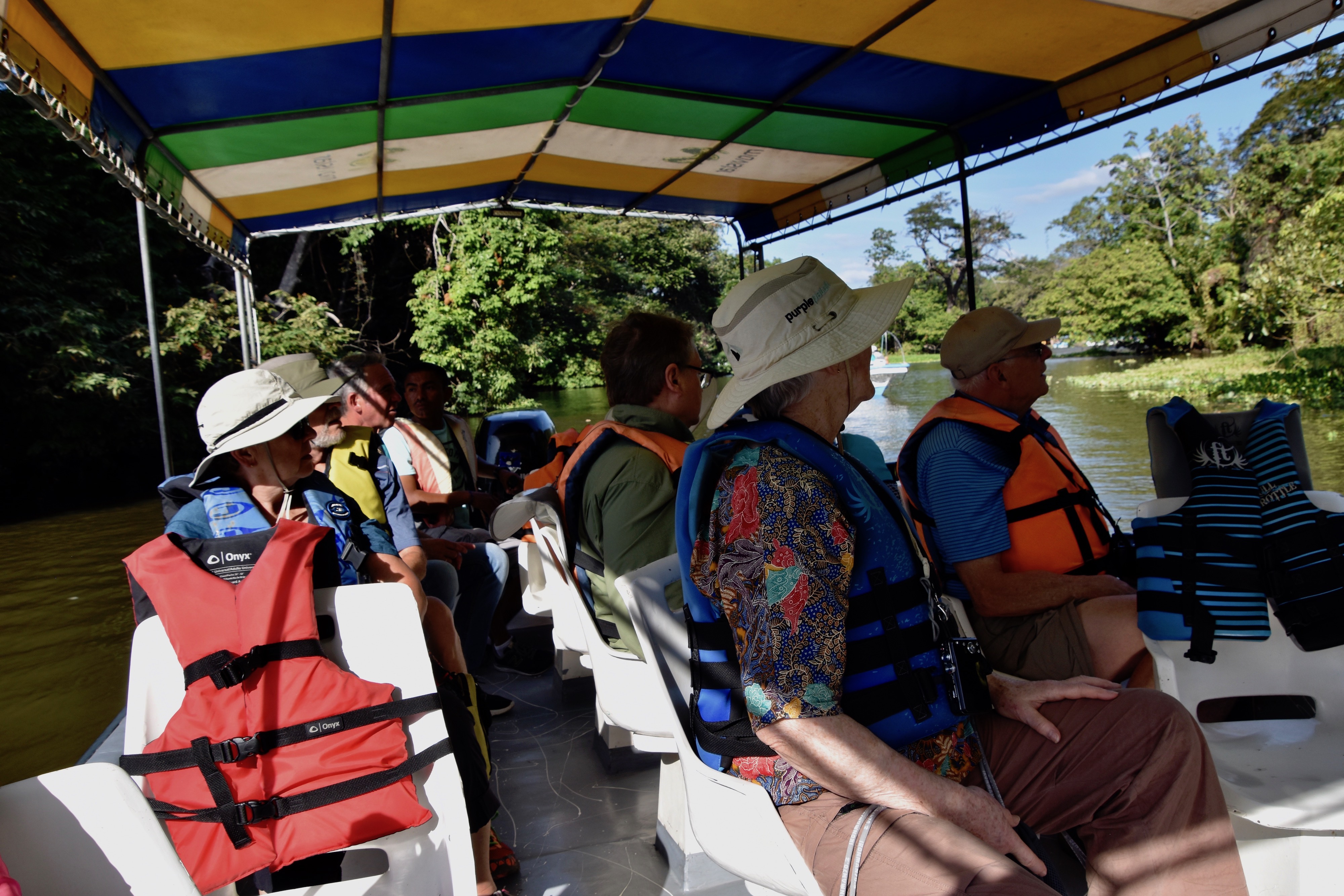
Almost from the moment of leaving the dock you quickly realize that Los Isletas is a beehive of activity with local boats going every which way.
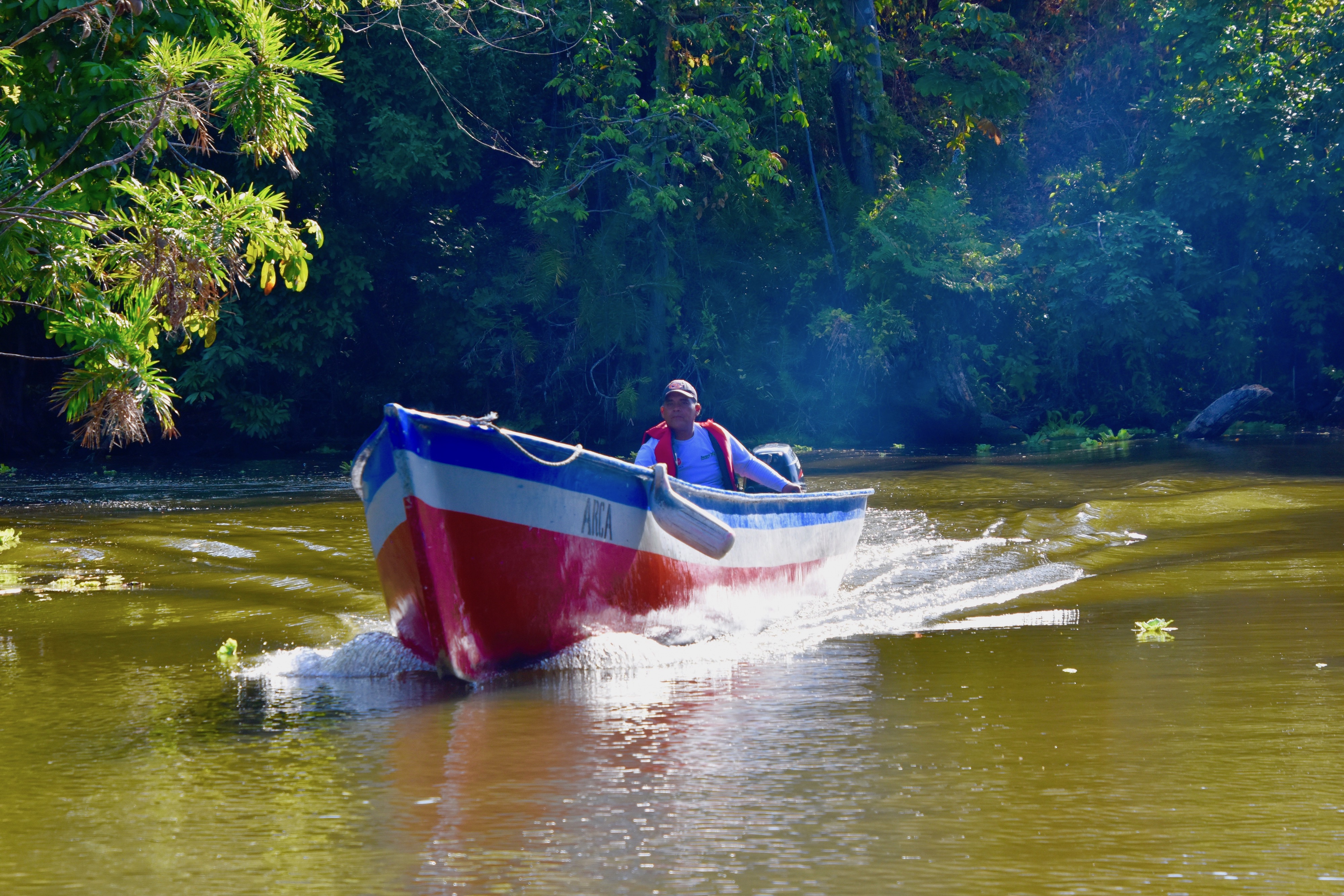
Tilapia was once considered a wonder fish because it is remarkably easy to grow, is quite lean and can provide a very inexpensive source of protein in countries where that is not often easily affordable. But it has a dark side. It is an incredibly invasive species once it escapes into the wild and wreaks havoc on native species. Such is the case in Lake Nicaragua, where tilapia has literally taken over the ecosystem.
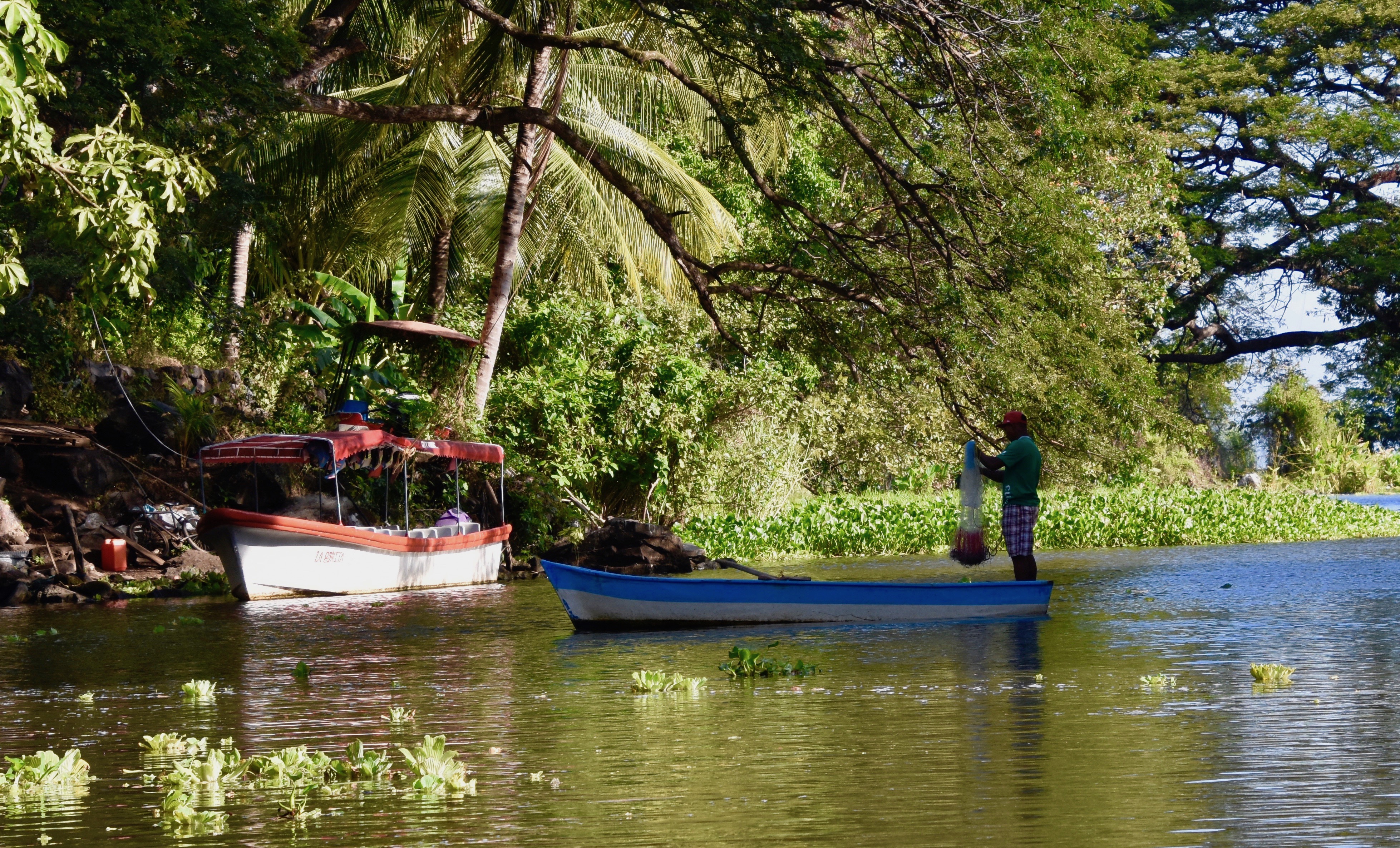
We came across numerous fishermen using old fashioned cast net fishing which is remarkably effective at catching fish and shrimp. The net is thrown and a series of weights on the edges causes the net to sink and contract into a ball. You would think that even the most dim witted fish could just dart away before the net closed, but on every cast this guy and others we saw came up with at least one tilapia in the net.
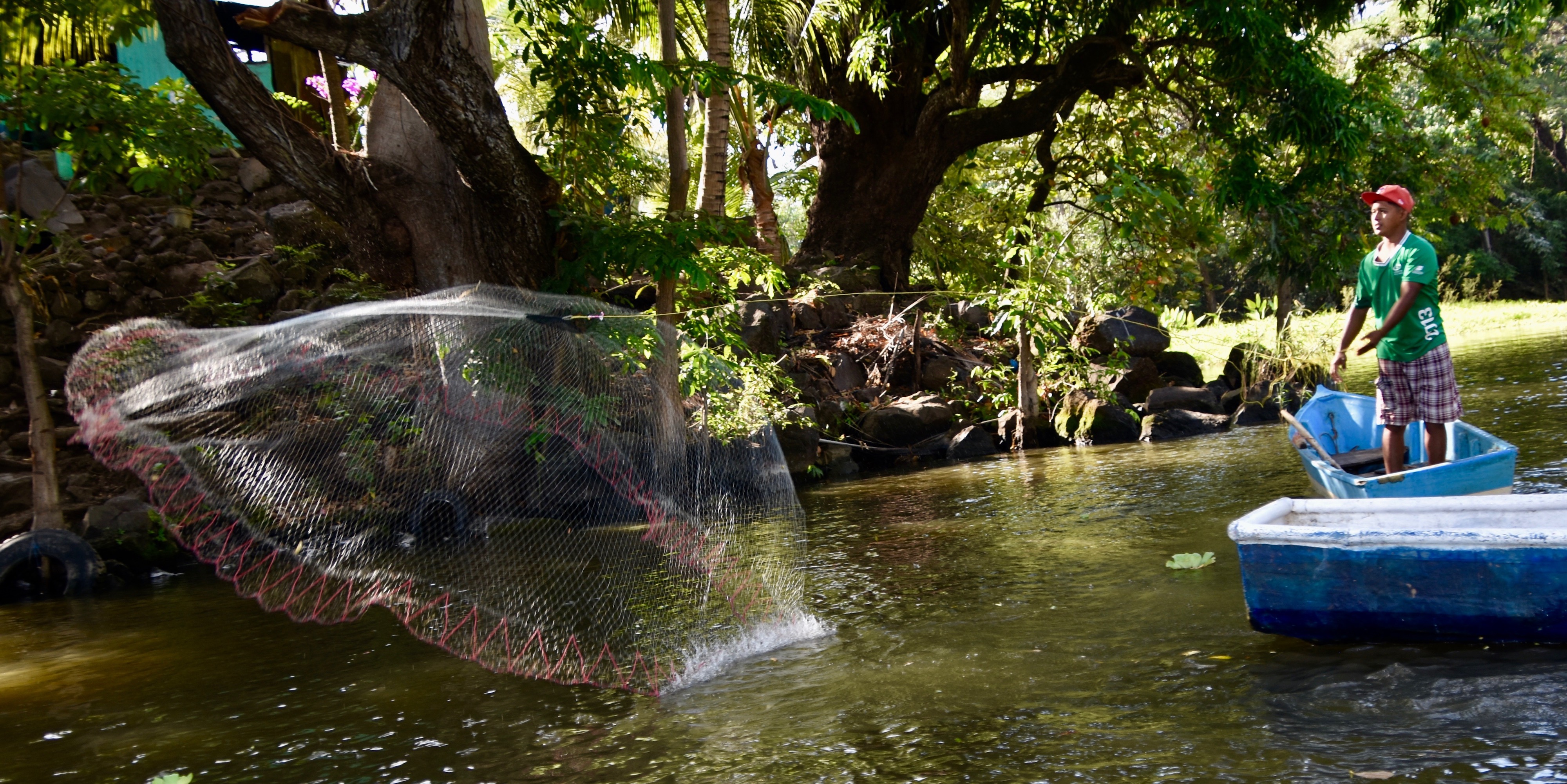
The thing I liked best about our boat trip on Los Isletas was the birdlife. On this trip we have a number of avid birders which includes Victor who is as good as any guide I’ve ever travelled with at identifying native avian species, not to mention the flora as well. This is a bare-throated tiger heron which is common in Meso-America, but never seen north of the border.
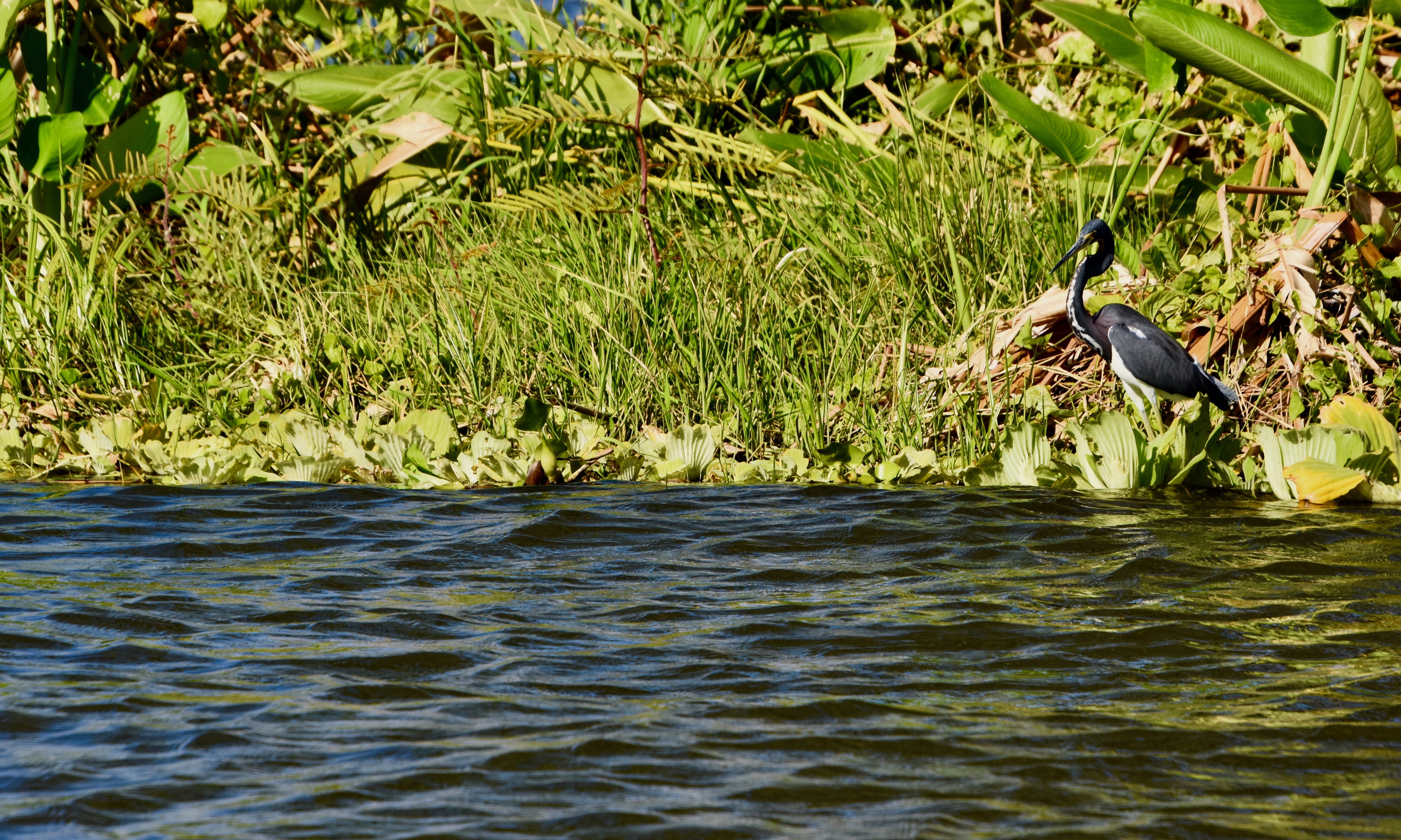
The osprey on the other hand is one of the most widely distributed bird species on the planet. You can be sure that this one would have no difficulty existing on a diet of tilapia.
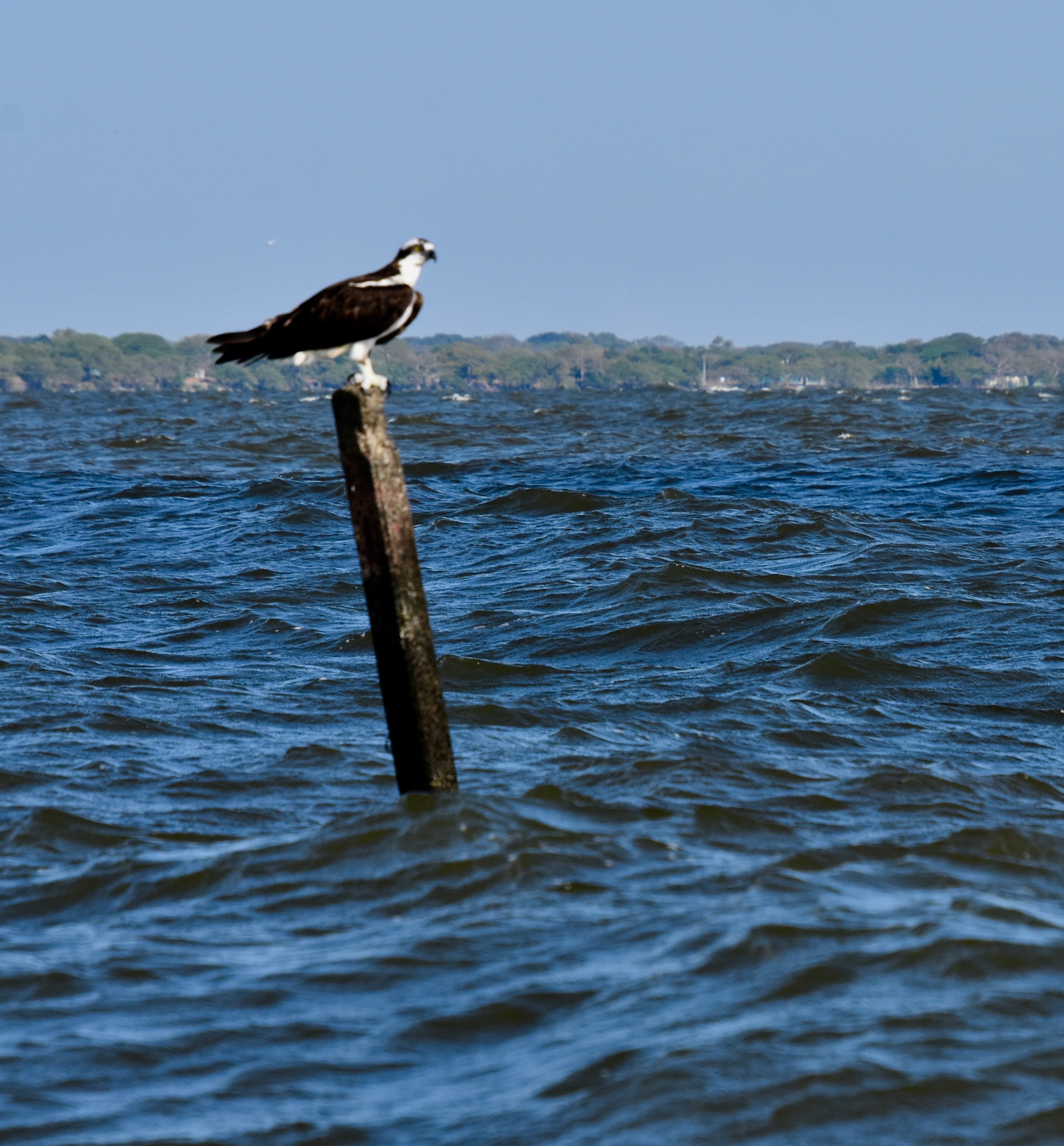
On this rock are black-necked stilts, a snowy egret and a couple of gulls I couldn’t identify.
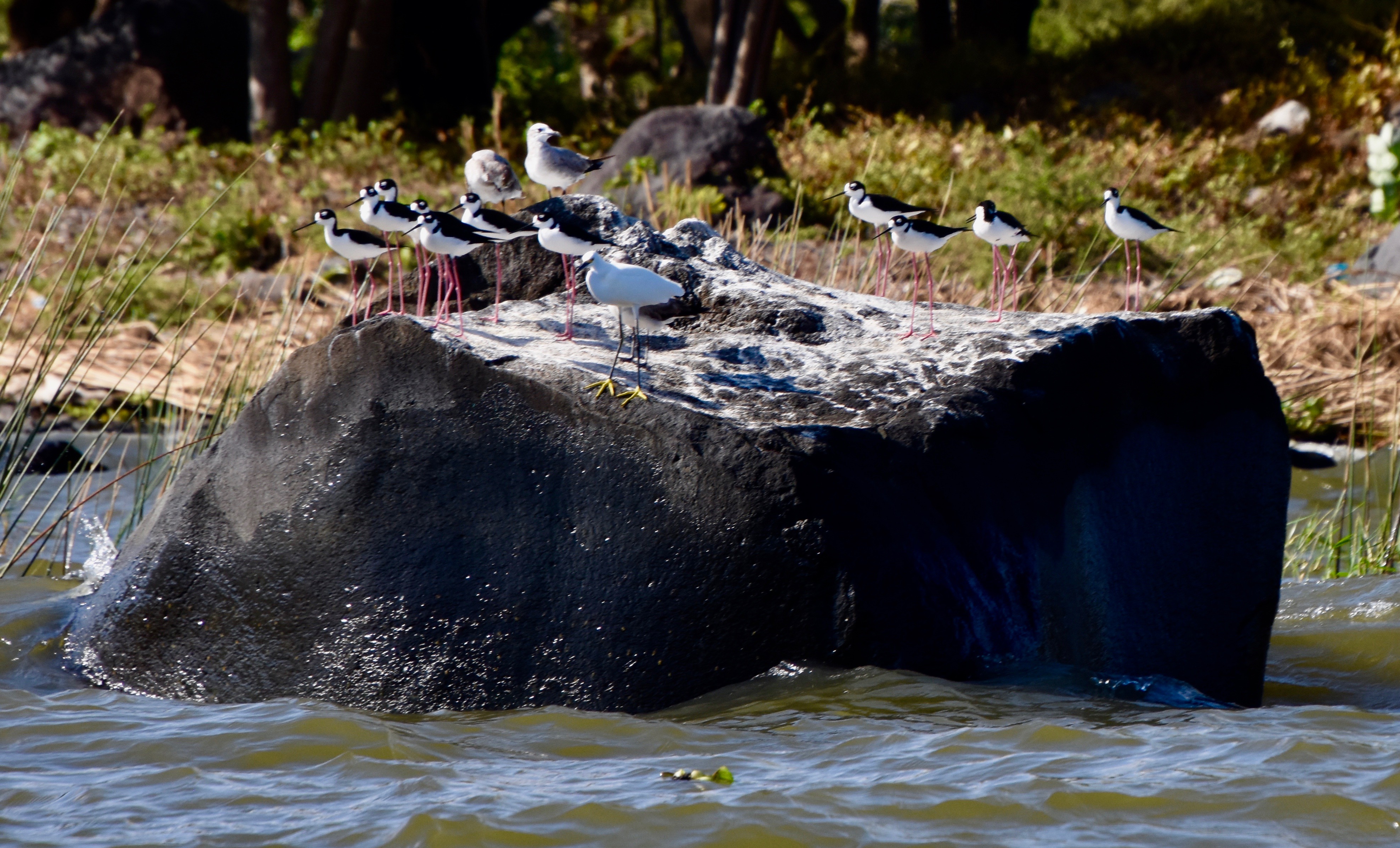
Birds are not the only wildlife on Los Isletas. There is a stranded group of spider monkeys on one tiny islet that are fed by passing boatmen. In all likelihood a pair might have been kept as pets and when the owners could no longer handle them, abandoned to this island prison. The female at the forefront is pregnant and soon there’ll be another addition to this penal colony.
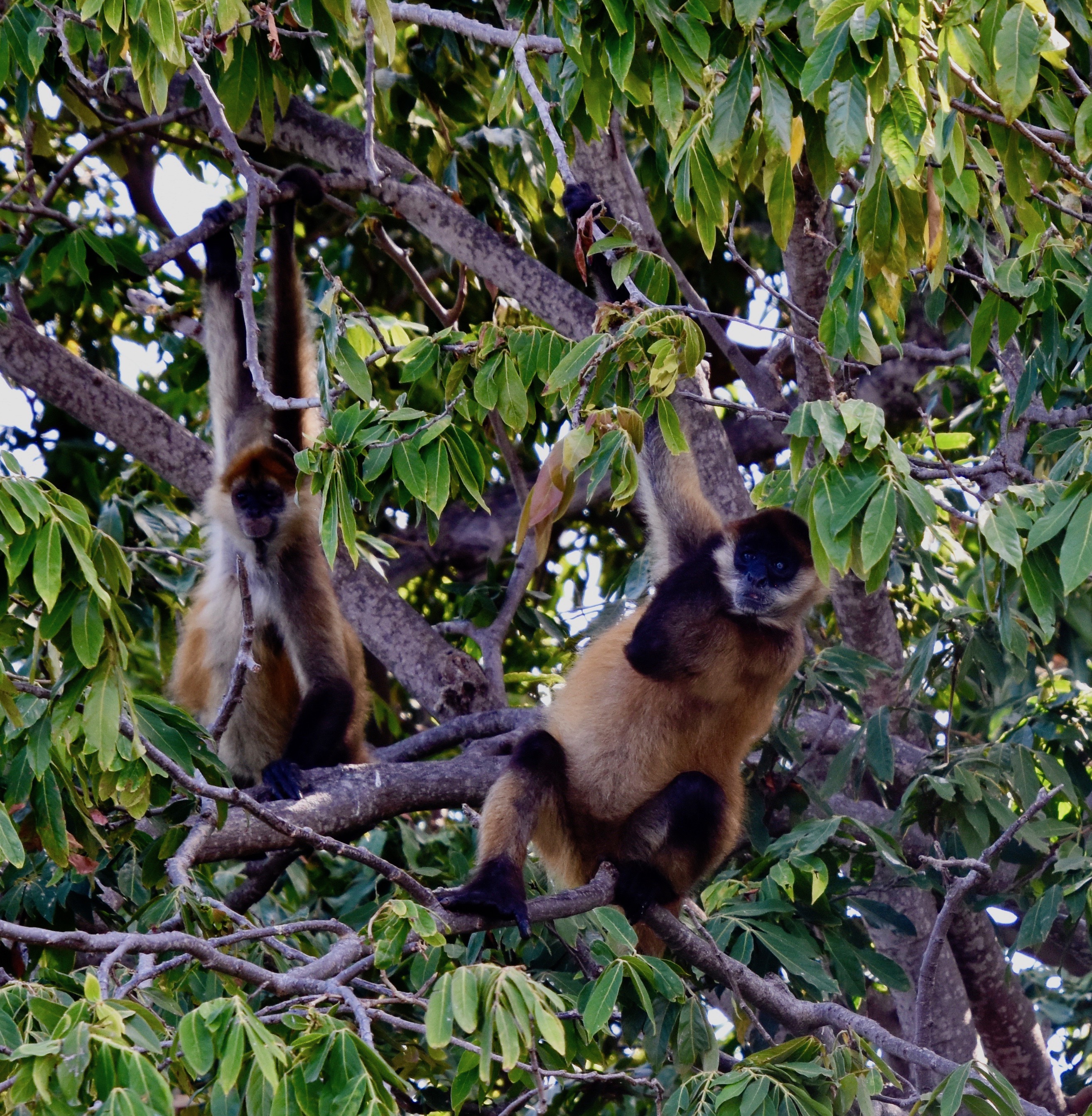
Victor with his eagle eyes, spotted these roosting bats on the keel of an upraised boat. Definitely weird.

OK, let’s look at a few of the houses on Los Isletas starting with this one that actually spans two isletas..
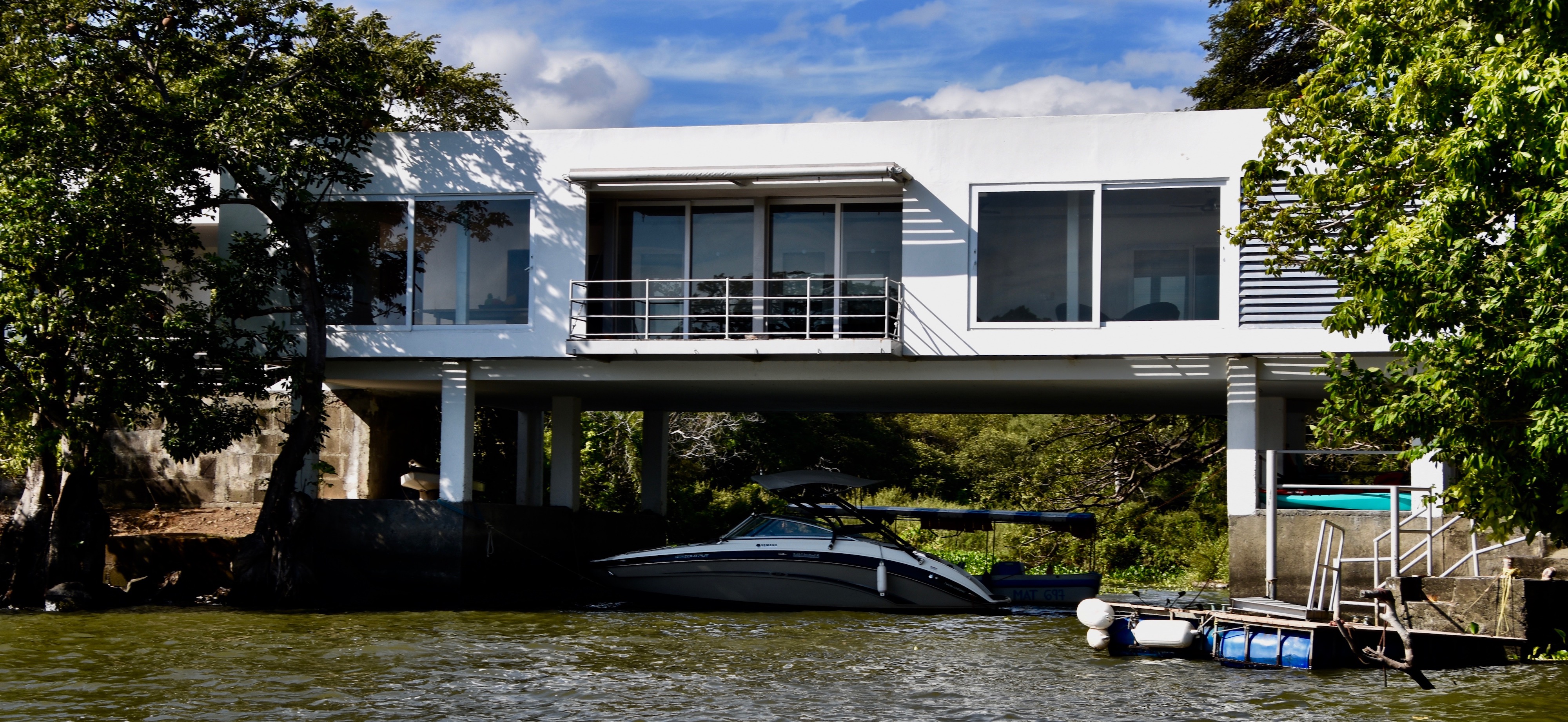
How’s this for a tropical island paradise? And Nicaragua is supposed to be poor? Seriously though, most of the grand homes are owned by foreigners. We saw one house under construction that was even grander than this one and it was owned by a Texan. The good news is that he was providing good paying jobs for about twenty workmen in a country that desperately needs them. The bad news is that it was a stark contrast between the 1% and the rest of the world.
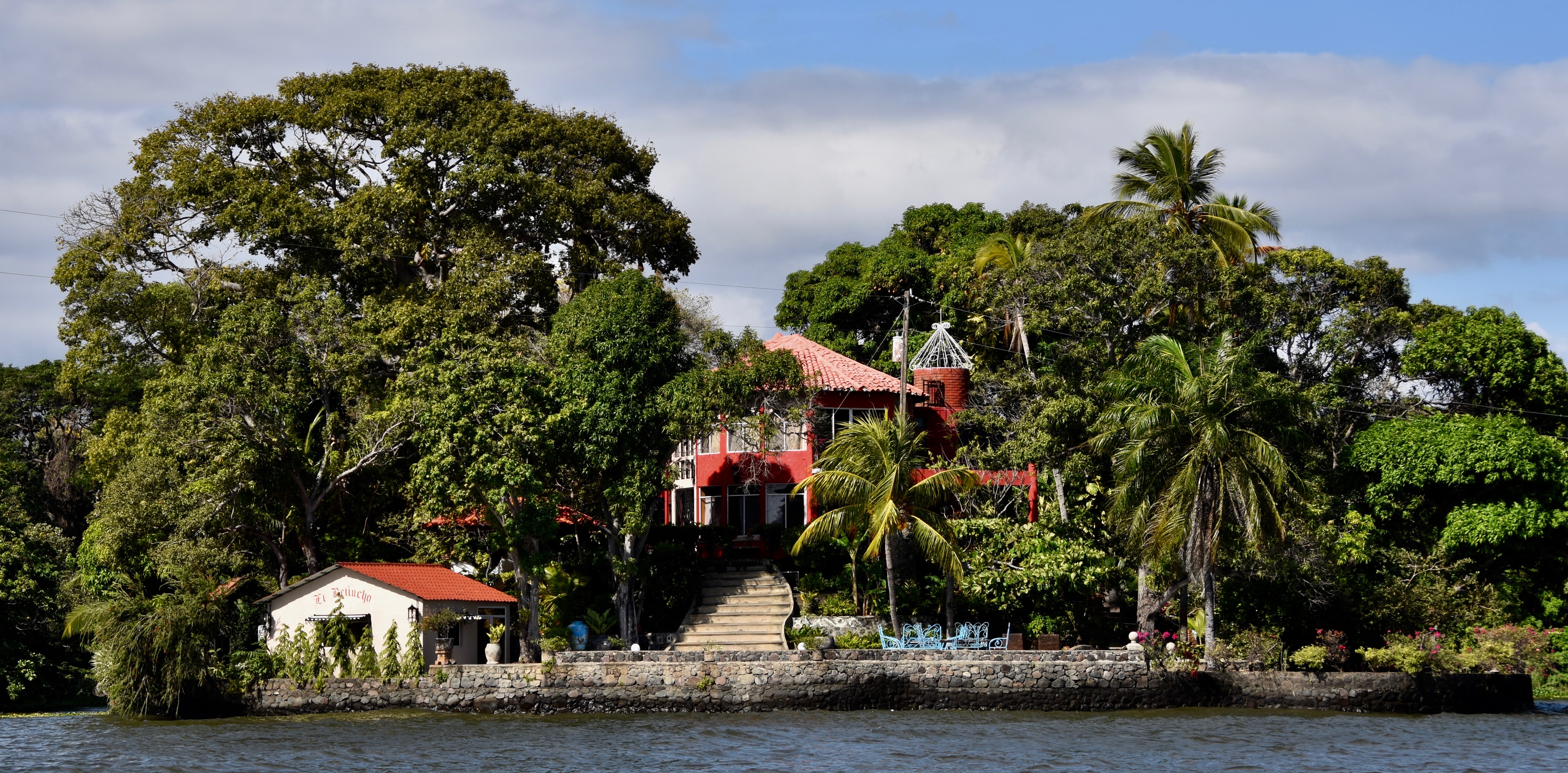
This house was owned by a guy by the name of Bruno from Montreal. I have to believe that there would be a connection with the Rizzuto crime family which has tentacles in Venezuela and given the close connection between the Sandinistas and the former Chavez regime, probably here as well. It certainly looks like a nice place to hide out.

On that Canadian lowlight I’ll end this post as we motor back to the dock. Tomorrow we are really going to get serious about exploring Lake Nicaragua as we take the ferry to Ometepe Island. See you on board.
Many thanks to Dale of The Maritime Explorer for sharing your thoughts and photos with us, we can't wait to read where you go to next.